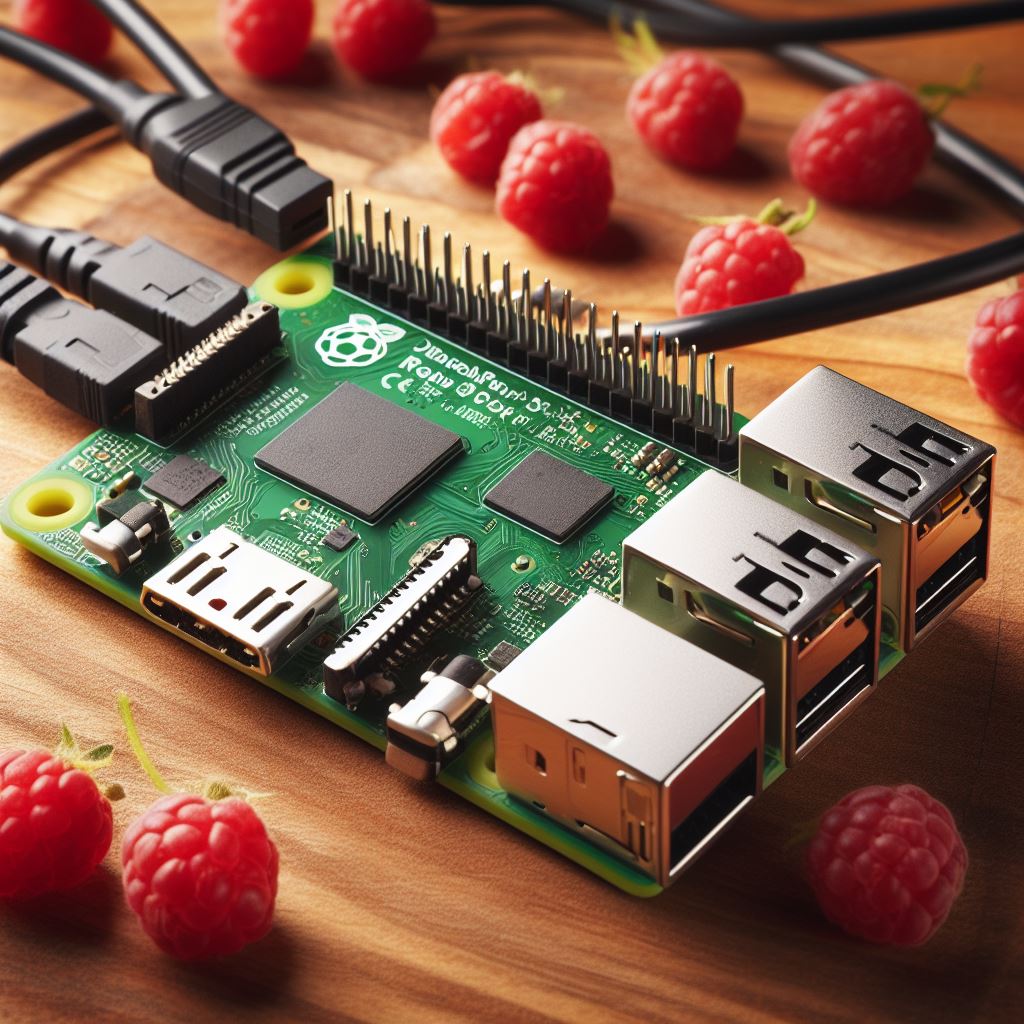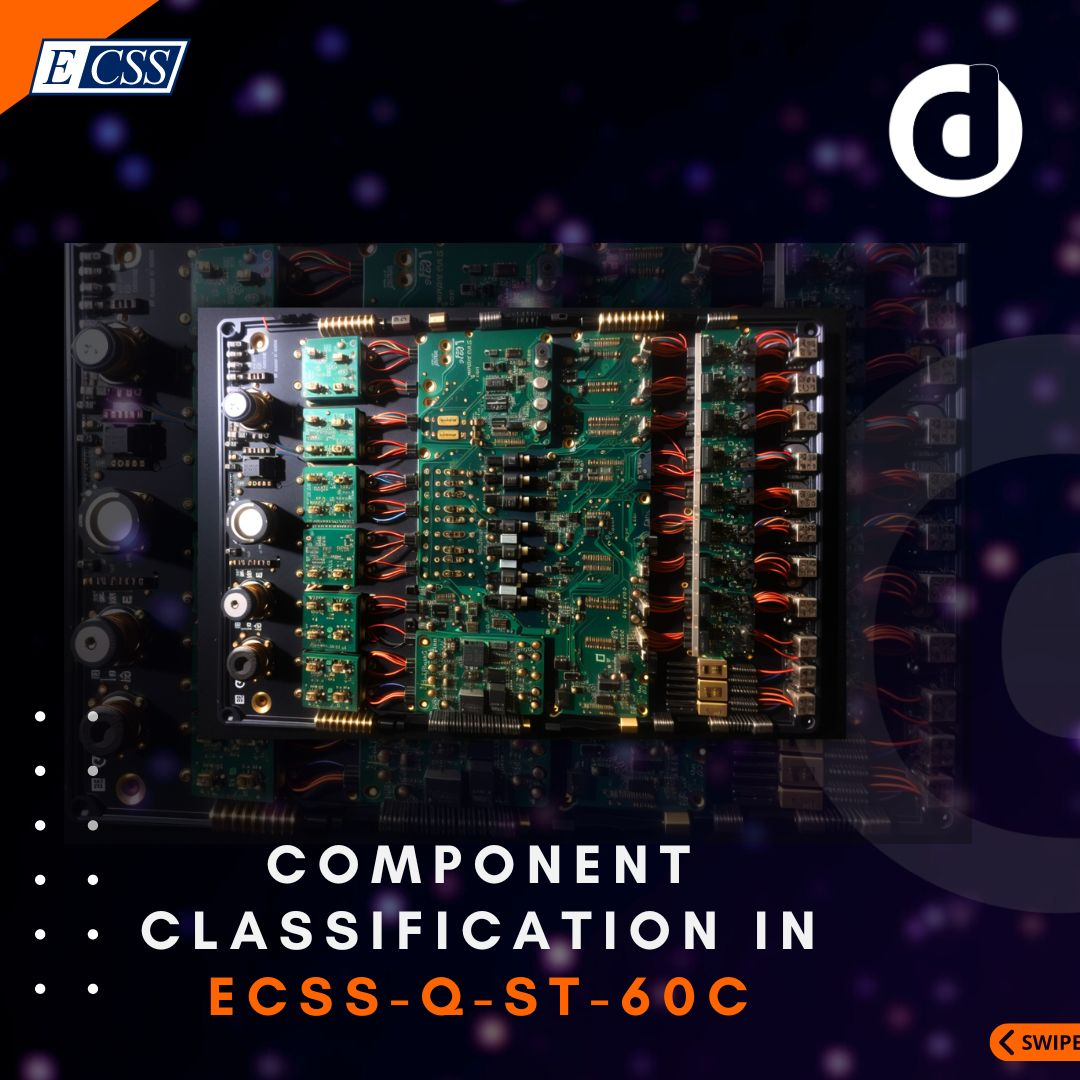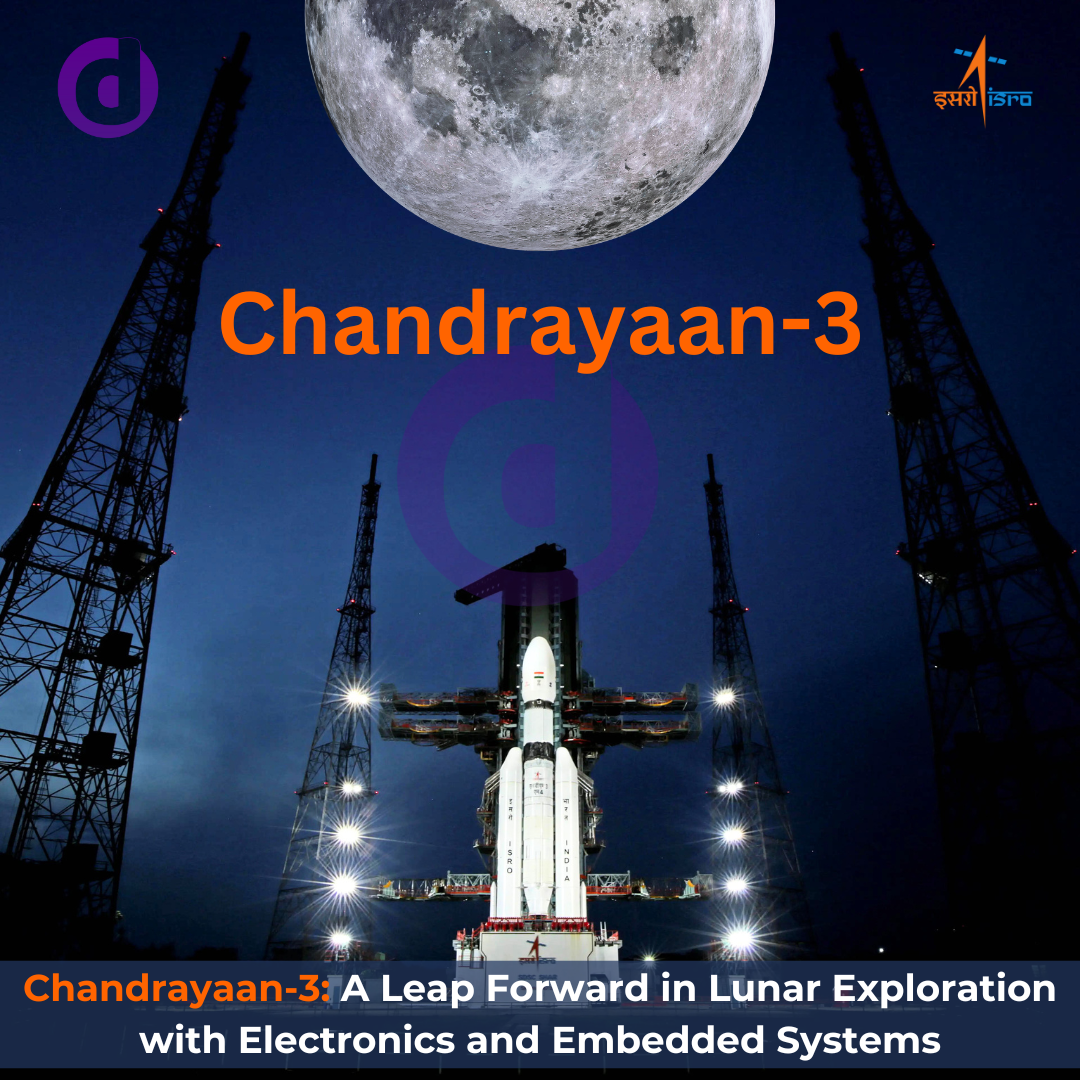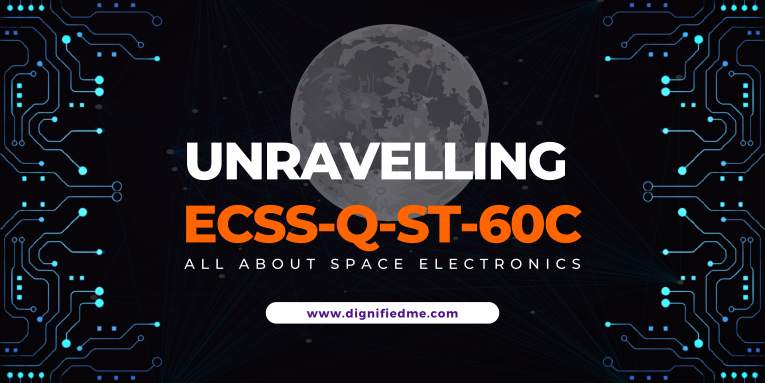 by Rahul Shah
by Rahul Shah Technology
Technology
ECSS-Q-ST-60C: An Essential Guide for Electronics Engineers in Space Technology
Introduction
As we push the boundaries of technology and explore the farthest reaches of space, we recognize the importance of having rigorous standards. These standards ensure the safety, reliability, and success of our space missions. In the world of Electrical, Electronic, and Electromechanical (EEE) components used in space systems, one such critical standard is ECSS-Q-ST-60C, issued by the European Cooperation for Space Standardization (ECSS). This blog aims to offer an easy-to-understand overview of ECSS-Q-ST-60C and its relevance in space technology, including its comparison with other standards and its context within the ambit of ISRO's Chandrayaan-3 mission.
Understanding ECSS-Q-ST-60C: Scope and Applicability
ECSS-Q-ST-60C is a comprehensive standard that outlines the selection, procurement, and use of EEE parts in space systems and missions. It provides guidelines to ensure that EEE components can withstand the extreme conditions of space, including vacuum, temperature extremes, and high levels of radiation.
The standard is applicable to all stages of space missions, including design, development, and operation. It covers a broad range of components, including integrated circuits, transistors, resistors, capacitors, and connectors. ECSS-Q-ST-60C is internationally recognized and widely accepted in the space industry, making it a crucial reference for electronics engineers working in this field.
Comparing ECSS-Q-ST-60C with Other Standards
Just like ECSS-Q-ST-60C, other standards like EEE-INST-002 (issued by NASA) and ISRO's own set of standards guide the selection and testing of EEE parts in space missions. While each standard has its unique aspects, they all share the common goal of ensuring the reliability and performance of EEE parts in the harsh environment of space.
In comparison to ISRO's standards, ECSS-Q-ST-60C is more internationally oriented. While ISRO's standards focus primarily on the needs of India's space missions, ECSS-Q-ST-60C is designed to cater to a wide array of space missions worldwide. Despite these differences, the standards share a common foundation and aim to ensure the highest quality and reliability of EEE parts in space.
ECSS-Q-ST-60C and Chandrayaan-3
When it comes to ISRO's Chandrayaan-3 mission, ECSS-Q-ST-60C plays a significant role. This mission, aimed at exploring the moon with a lander and a rover, heavily relies on EEE parts that can withstand the harsh lunar environment.
For instance, the rover's communication system and scientific instruments must operate reliably in the extreme lunar conditions. The ECSS-Q-ST-60C standard provides guidelines to ensure that these components can withstand these conditions, ensuring the success of the mission.
When to Refer to ECSS-Q-ST-60C?
ECSS-Q-ST-60C should be referred to at every stage of a space mission involving EEE parts. Whether you're in the design phase, selecting components for your space system, or in the testing phase, verifying the reliability of your assembled parts, ECSS-Q-ST-60C provides valuable guidelines.
For instance, if you're tasked with designing a power supply unit for a spacecraft, the ECSS-Q-ST-60C standard will guide you in selecting the right capacitors, inductors, and other components that can withstand the rigors of space.
Understanding Class 1, Class 2, and Class 3
ECSS-Q-ST-60C categorizes EEE parts into three classes - Class 1, Class 2, and Class 3.
Class 1 parts are high-reliability components, suitable for critical space applications where failure is not an option, such as manned missions or high-value satellites. These parts undergo rigorous screening and testing to ensure their reliability.
Class 2 parts are general-purpose components, used in less critical applications where a higher risk is acceptable. They undergo a moderate level of testing.
Class 3 parts are standard commercial components, used in low-risk applications or early mission phases where cost-effectiveness is a priority. These parts undergo minimal testing.
To illustrate, consider the development of a mission-critical system like a spacecraft's life support system. Given the system's criticality, you would use Class 1 parts to ensure the highest reliability.
Screening and Other Testing Requirements for Components
Screening, as defined in ECSS-Q-ST-60C, is a process of testing and inspecting EEE parts to verify their quality and reliability. This process includes a range of tests, such as electrical tests, thermal cycling, and vibration tests.
For instance, a transistor might undergo electrical tests to verify its performance, followed by thermal cycling to ensure it can withstand temperature changes in space. It may also be subjected to vibration tests to simulate the conditions during a rocket launch.
In addition to screening, ECSS-Q-ST-60C also outlines other testing requirements, including qualification testing and lot acceptance testing. These tests further ensure the reliability of EEE parts in space.
Getting Started with Space Electronics
For electronics engineers new to space technology, starting with understanding and applying standards like ECSS-Q-ST-60C is recommended. These standards provide a wealth of knowledge and guidelines that are critical to the success of space missions.
It's also beneficial to learn from existing space missions. For example, analyzing the electronic systems of ISRO's Chandrayaan-3 mission can provide valuable insights into how standards like ECSS-Q-ST-60C are applied in real-world scenarios.
Moreover, platforms such as NASA's NEPP (NASA Electronic Parts and Packaging Program) provide valuable online resources and guidelines for space electronics, helping beginners understand and navigate the field.
In conclusion, ECSS-Q-ST-60C is a cornerstone of space technology. As electronics engineers, understanding this standard and how it compares with others, such as ISRO's standards, is crucial in our quest to conquer the final frontier. Whether you're working on an international mission like the ISS or a national mission like Chandrayaan-3, ECSS-Q-ST-60C and its counterparts provide a solid foundation for the design and testing of EEE parts. With these standards guiding our way, we're well-equipped to take on the challenges of space technology.
Category
Recently posted
Unveiling the Future: The Remarkable Raspberry Pi 5
In a world that thirsts for technological advancements, the Raspberry Pi 5 makes a grand entrance, promising a horizon filled with endless possibilities. Its launch is more than just a milestone; it's a leap into a future where barriers to technological innovation are minimized.
The Raspberry Pi 5 is not merely a successor to its predecessor; it's a revolution in micr...
Learn moreComponent Classification in ECSS-Q-ST-60C
Introduction: ECSS-Q-ST-60C Rev. 3 and Its Emphasis on Components
The space industry's very nature demands rigorous standards to ensure safety, reliability, and mission success. ECSS-Q-ST-60C Rev. 3, as formulated by the ECSS Secretariat and associated European space agencies, underscores this by placing a strong emphasis on Electrical, Electronic, and Electromechanical (EEE) components. These components, foundation...
Learn moreChandrayaan-3: A Leap Forward in Lunar Exploration with Electronics and Embedded Systems
Introduction
The Indian Space Research Organisation (ISRO) continues its ambitious journey into space with the upcoming Chandrayaan-3 mission. As ISRO's third lunar exploration mission, Chandrayaan-3 is set to follow the path of its predecessors, Chandrayaan-1 and Chandrayaan-2, with the aim of making new strides in lunar exploration. This mission comes as a testament to ISRO's commitment to overcoming the challenges faced during Cha...
Learn moreECSS-Q-ST-60C: An Essential Guide for Electronics Engineers in Space Technology
Introduction
As we push the boundaries of technology and explore the farthest reaches of space, we recognize the importance of having rigorous standards. These standards ensure the safety, reliability, and success of our space missions. In the world of Electrical, Electronic, and Electromechanical (EEE) components used in space systems, one such critical standard is ECSS-Q-ST-60C, issued by the European Cooperation for Space Standard...
Learn moreUnravelling ECSS-Q-ST-60C: Deep Dive into Electronic Component Classification for Space Missions with a Spotlight on Chandrayaan 3
Introduction
In the unforgiving vastness of space, every detail matters. The intricate ballet of space exploration is predicated on an array of electronic components that must perform consistently under extreme conditions. The need for reliability and robust performance has led to the development of stringent standards to govern the quality of these components. One such standard is the ECSS-Q-ST-60C, which plays a v...
Learn moreGet recognised by writing an article on dignifiedme blog. Send your articles to support@dignifiedme.com. If it complies with dignifiedme standard then you can see your article on this page very soon!
Connect with your next great hire today!
Risk-free hiring made easy
Get Started

 Previous
Previous



